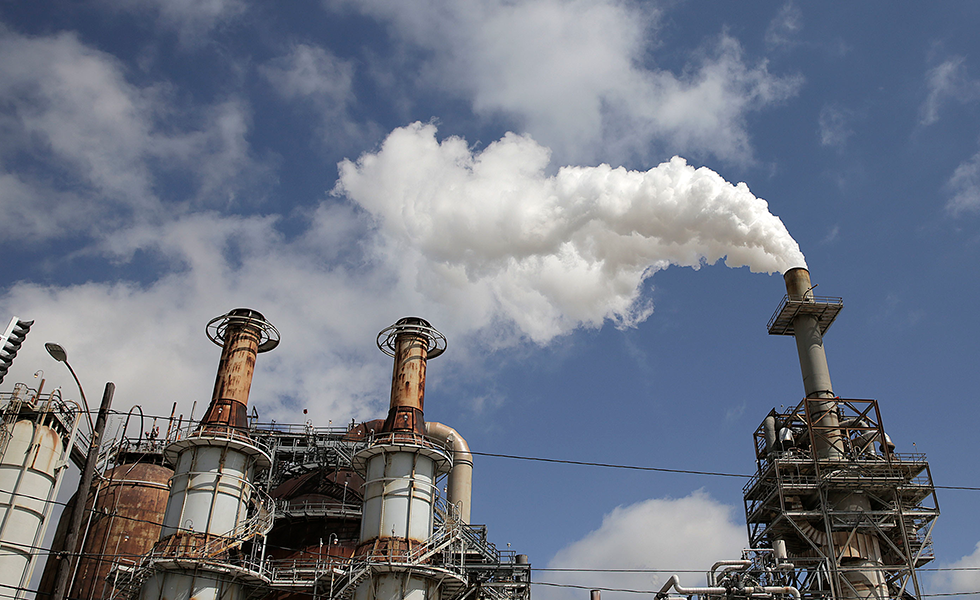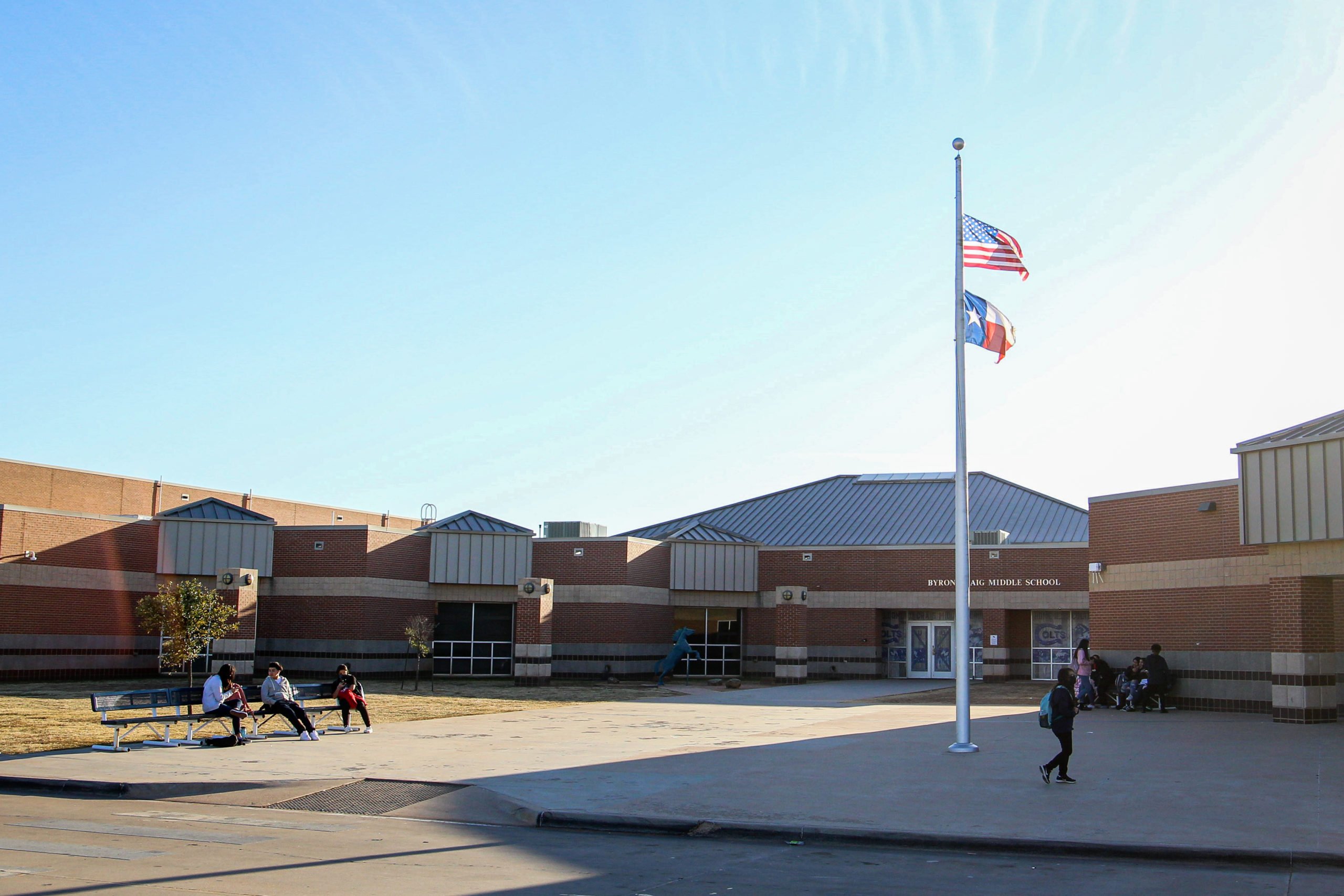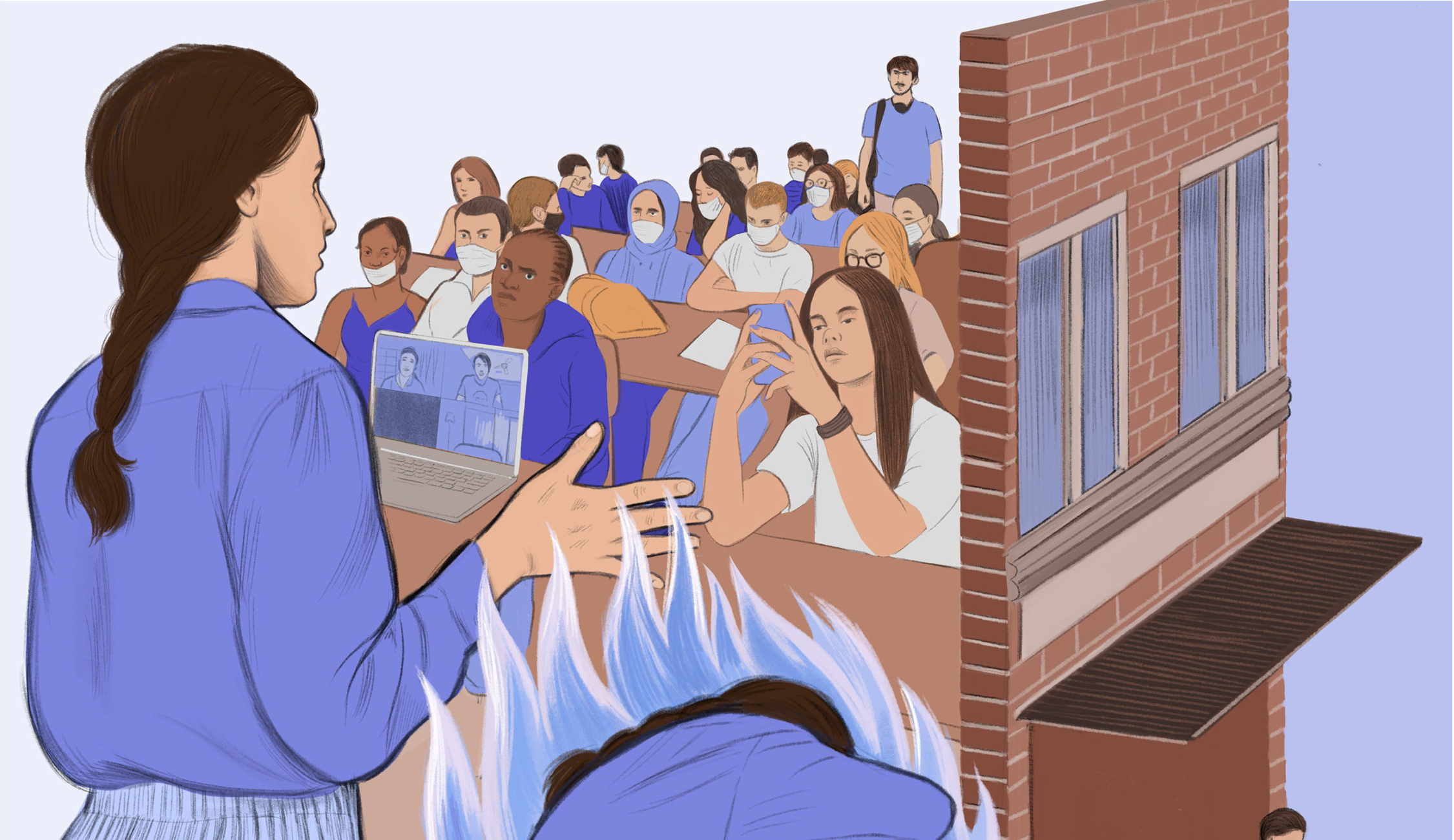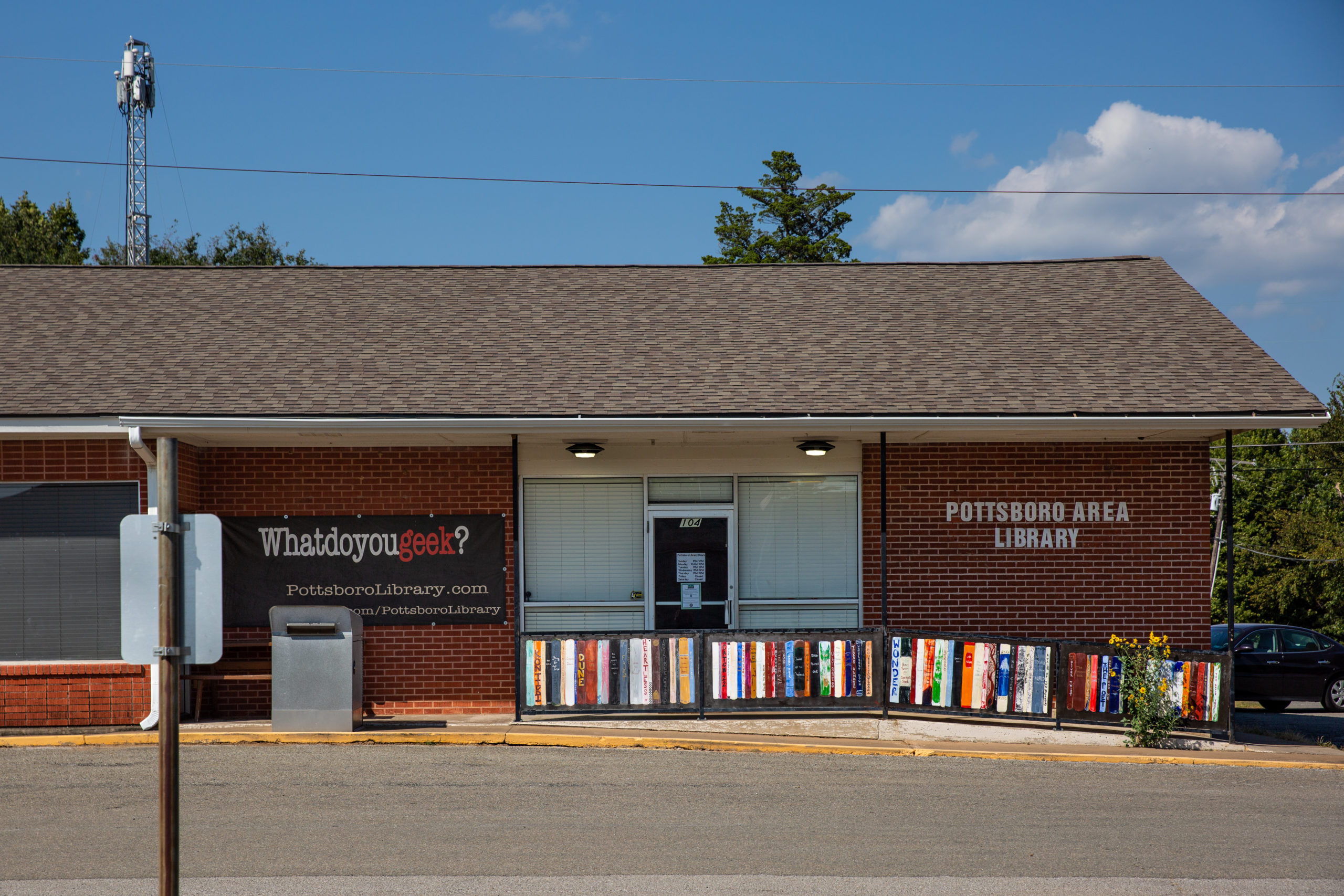
COVID-19 Could Be a ‘Double Whammy’ for Those in Pollution Hotspots
Texans who breathe polluted air are more likely to have preexisting health issues. That means they're at a higher risk of getting seriously ill from the coronavirus.

Above: Steam is released from the Valero Refinery in Houston.
Air pollution across the globe has sharply dropped, an unintended silver lining of COVID-19. But as coronavirus continues to spread, Texas environmental advocates are bracing for impacts that can’t be reversed by a few weeks of reduced industrial production and air travel: People living in polluted areas of the state are more likely to have preexisting health issues, which means they’re at a higher risk of getting seriously ill from the virus.
Although there have been no large-scale studies of how air pollution can complicate COVID-19, experts say that lung damage caused by poor air quality or smoking could make people particularly vulnerable. “It’s a double-whammy effect,” says Elena Craft, senior director of the Environmental Defense Fund. “Underlying health conditions are exacerbated by pollution hotspots as well as the virus.”
Using 2016 data, researchers with Environment Texas found that roughly 20 metropolitan and rural areas in Texas had elevated levels of particulate matter and smog. Prolonged exposure to either can cause a host of health issues, including chronic lung diseases and asthma. The Houston area is a particular hotspot: Brazoria, Chambers, Galveston, Fort Bend, Harris, Liberty, Montgomery, and Waller counties do not meet national air-quality standards.
“[Because of] chronic diseases, a lot of immune systems that aren’t where they should be are weakened and are more susceptible to other diseases,” says Brett Perkison, an assistant professor of occupational medicine at the University of Texas School of Public Health. Perkison says that those much-needed defenses are further taxed “by exposure day after day, year after year, to high levels of ozone and nitric oxide.”
According to a study conducted by the NAACP and the Clean Air Task Force, some of the nation’s largest African American populations at risk for childhood asthma are in Dallas and Houston. Researchers also found that Texas was one of three states to have the most African Americans living within a half-mile of an oil or natural gas facility.
“Low-socioeconomic communities that occur near manufacturing or industrial sites are at more risk for acute and chronic disease, and we need to take it seriously to allocate resources adequately,” Perkison says. “Taking care of at-risk communities will [also] take care of those least-at-risk communities. If anything else, it’s for [our] own skins to protect these communities.”
Researchers have already begun looking at neighborhoods that face elevated risks. A team at the University of Texas Health Science Center at Houston mapped the potential risk of severe COVID-19 hospitalizations and intensive care unit stays in Harris County by identifying residents who are 60 and older and have one or more chronic conditions. Researchers found that the East Little York, Deer Park, Channelview, and East End neighborhoods saw the highest concentration of people over 60 or with chronic disease. These communities have a greater share of residents over the age of 65 with chronic obstructive pulmonary disease, heart disease, or diabetes. Several of these neighborhoods are also in East Houston, home to petrochemical facilities and other industrial polluters.
Reverend James Caldwell, a founder and director of the Coalition of Community Organizations, says the virus has increased a “myriad of issues” for those in communities like Houston’s Fifth Ward, which is located near superfund sites, a contaminated railyard, and metal recycling facilities and has seen elevated cases of respiratory and cardiovascular diseases. The UTHealth study found that 13 percent of Fifth Ward residents had asthma. In low-income neighborhoods, Caldwell notes, many residents with preexisting conditions are uninsured. “Why does it cost out of pocket to just stay alive?”
Perkison says lawmakers and local leaders can take steps to prepare Texas’ most vulnerable areas by identifying areas with high levels of air pollution, more emergency room visits, and high concentrations of people with asthma, as well as studying whether those patients have access to care. He says this would allow medical facilities to anticipate local needs.
Perkison encourages at-risk residents to take even more precautions, especially when concentrations of ground-level ozone are high. That includes limiting their time outdoors, monitoring their breathing, or only going outside in the morning, before ozone forms.
Read more from the Observer:
-
Texas Republicans’ Pandemic Performance Is True to Form: Dan Patrick performs for Fox News; Greg Abbott dithers; and John Cornyn defiantly refuses to log off.
-
Texas Democratic and Republican Parties Spar Over How to Hold Elections During a Pandemic: With primary runoffs two months from now, Dems want universal mail-in voting; Republicans want delayed elections; and local elections officials just want some guidance.
-
13 Small Texas Presses to Read Right Now: These 13 Texas-based independent presses and publishers have offered diverse, boundary-pushing literature for years, even decades.


